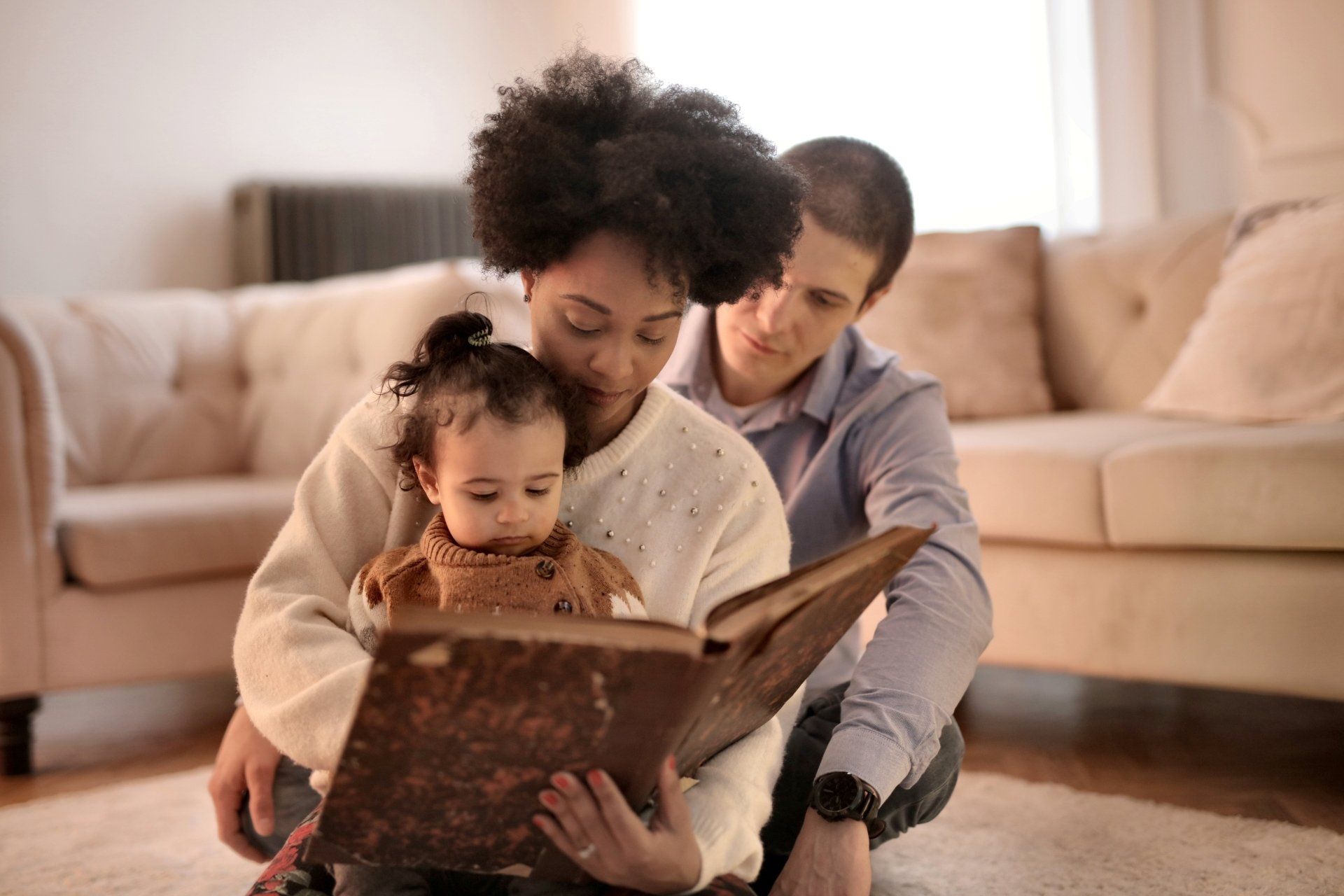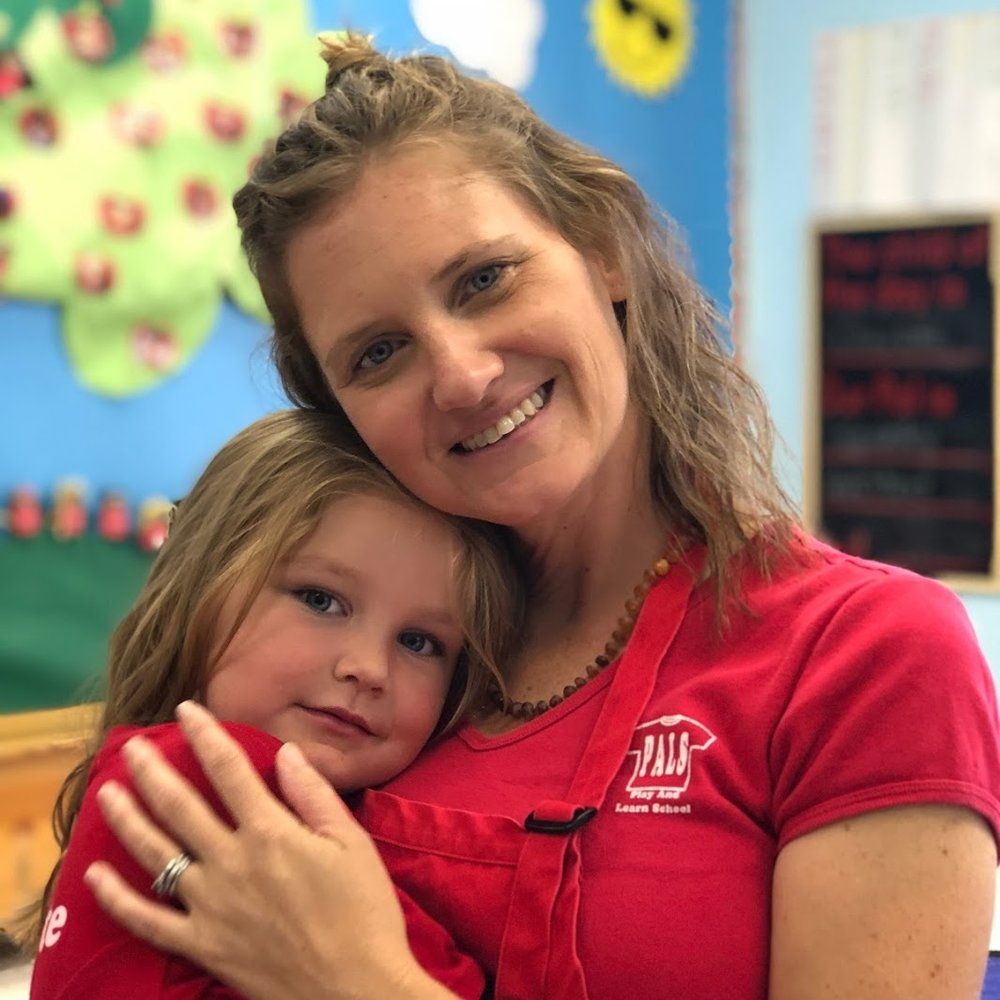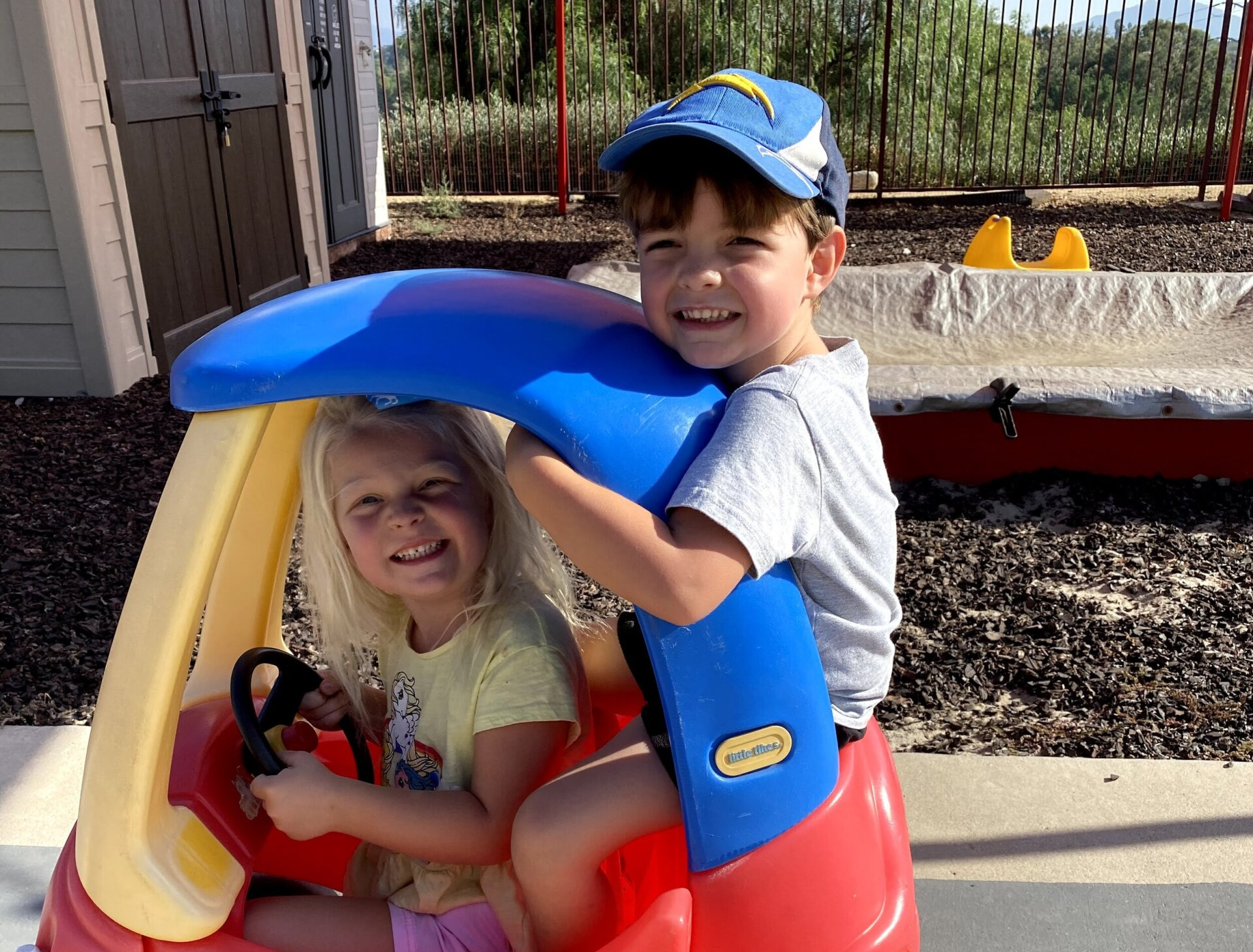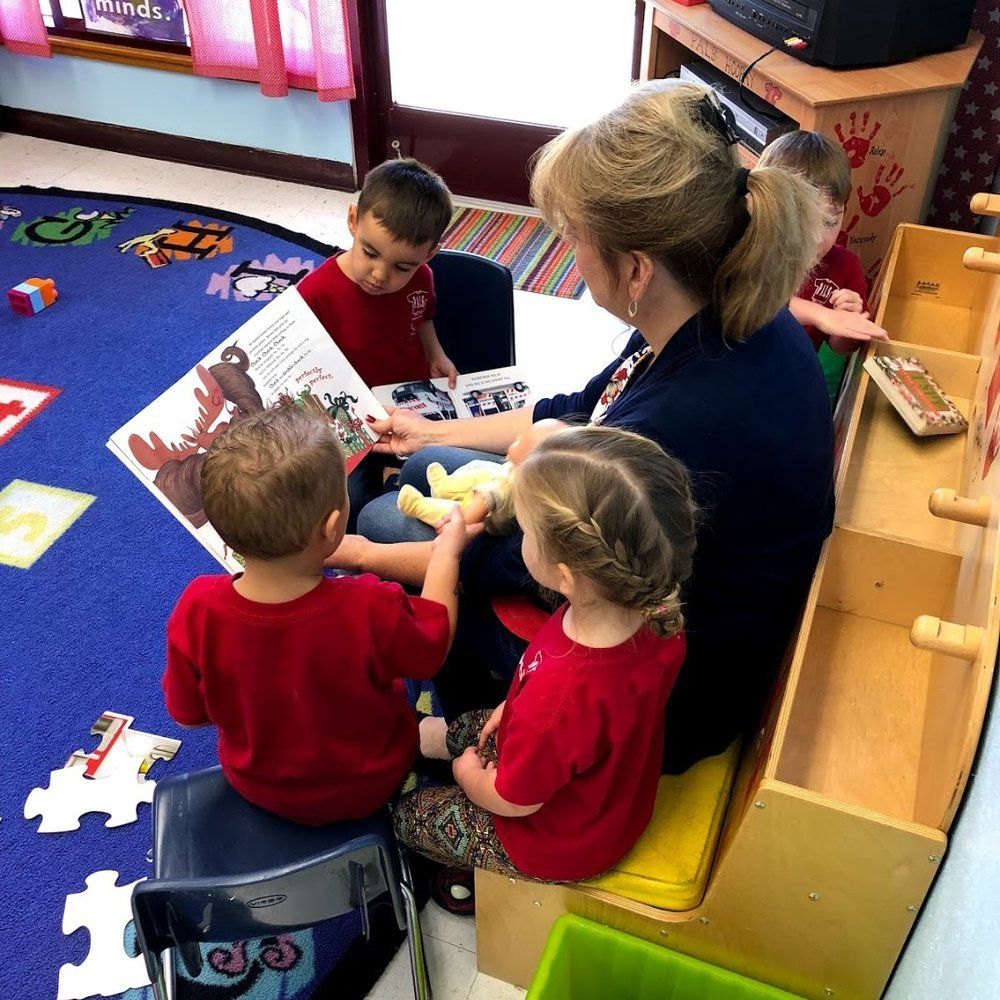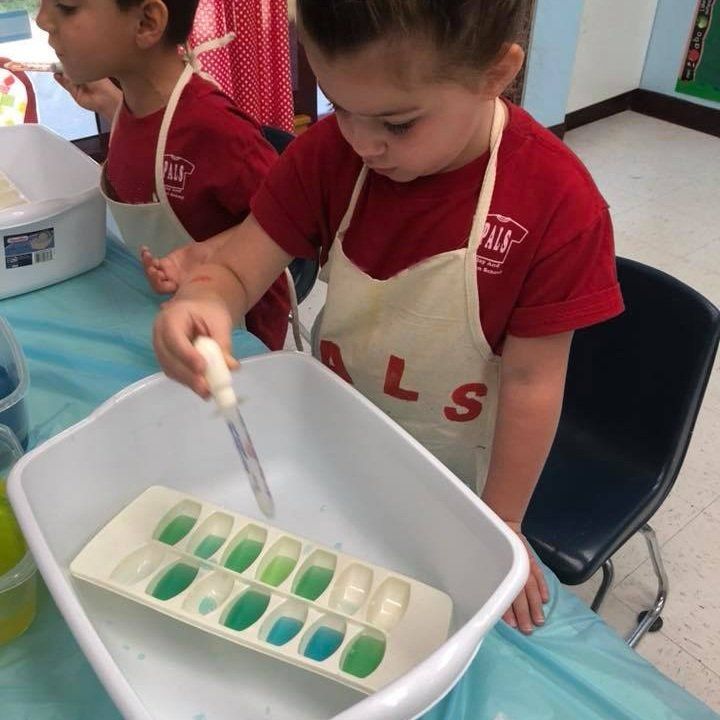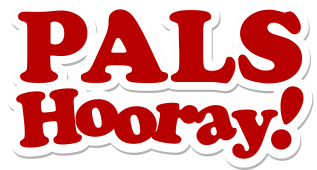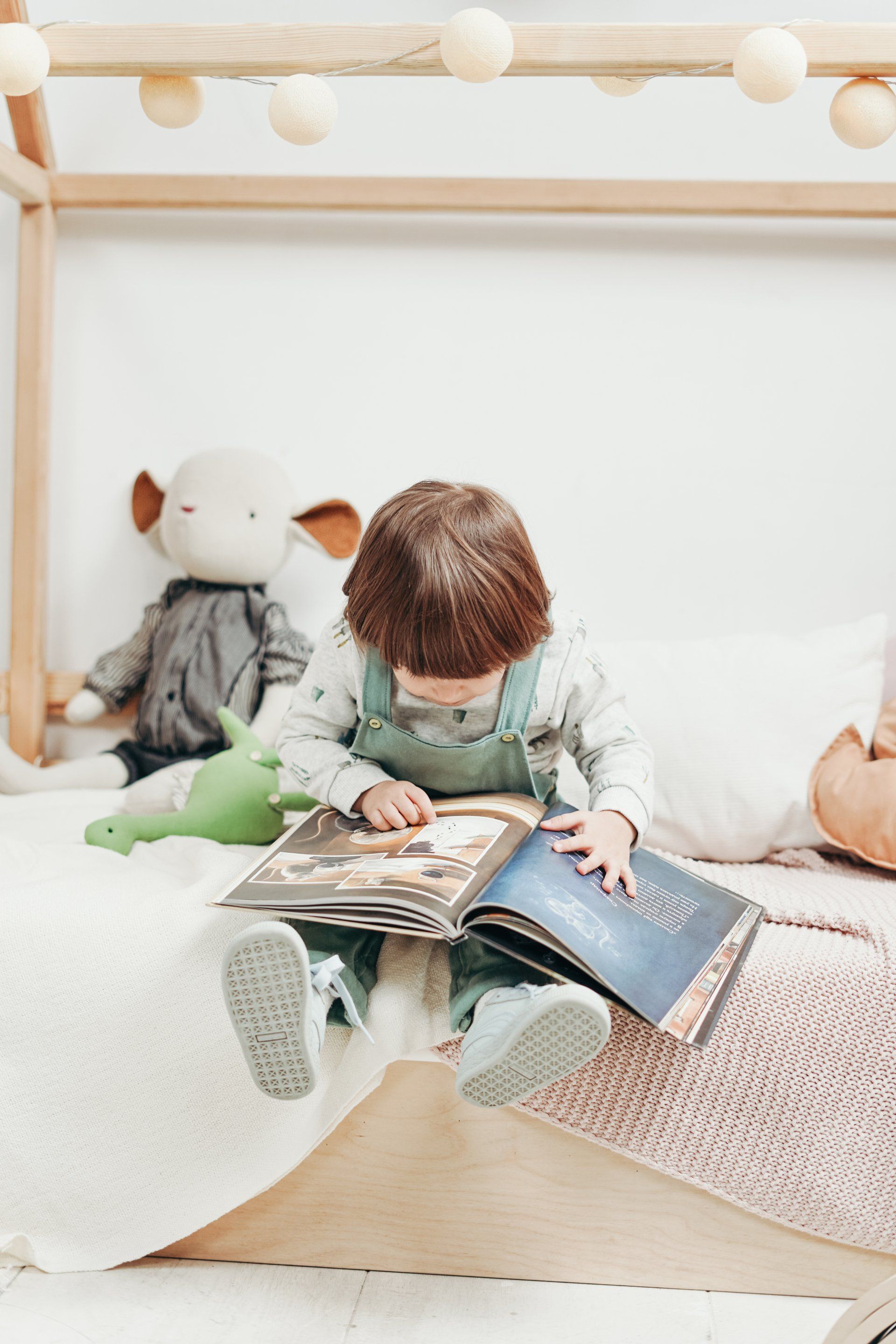Incorporating Music and Movement into Preschool Learning
THE Benefits OF Incorporating Music and Movement into the Curriculum.
Music and movement are natural ways for preschoolers to learn and explore the world around them. Young children are naturally drawn to music and movement, and incorporating these elements into preschool learning can have many benefits for their development. In this article, we'll explore how music and movement can be incorporated into preschool learning.
Enhances Language Development:
Music and movement can enhance language development in preschoolers. Singing songs and reciting rhymes can help children develop their vocabulary, pronunciation, and communication skills. Movement activities that involve following directions and acting out stories can also help children develop their language skills.
Promotes Gross Motor Skills:
Music and movement activities promote gross motor skills development in preschoolers. Dancing, running, and jumping activities help children develop their coordination, balance, and strength. These skills are essential for physical development and are foundational for future academic success.
Encourages Creativity and Imagination:
Music and movement activities encourage creativity and imagination in preschoolers. Through music and movement, children can express themselves, create stories, and develop their own unique ways of thinking. This helps to develop their creativity and imagination, which are important for problem-solving and critical thinking skills.
Stimulates Cognitive Development:
Music and movement activities stimulate cognitive development in preschoolers. Through music and movement, children learn to recognize patterns, develop their memory, and improve their attention and focus. These skills are important for future academic success.
Fosters Social-Emotional Development:
Music and movement activities also foster social-emotional development in preschoolers. Dancing and singing with peers promotes social interaction and encourages children to work together. Music and movement activities can also help children develop self-confidence, self-expression, and emotional regulation skills.
Incorporating music and movement into preschool learning can be done in many ways. Teachers can incorporate music and movement into daily routines such as circle time, transitions, and free play. They can also use music and movement as a way to teach specific concepts, such as counting, colors, and shapes. Activities such as dance parties, obstacle courses, and musical chairs can also be incorporated into the curriculum.
In conclusion, incorporating music and movement into preschool learning has many benefits for children's development. It enhances language development, promotes gross motor skills, encourages creativity and imagination, stimulates cognitive development, and fosters social-emotional development. By incorporating music and movement into the preschool curriculum, teachers can provide children with a well-rounded education that promotes holistic development.
